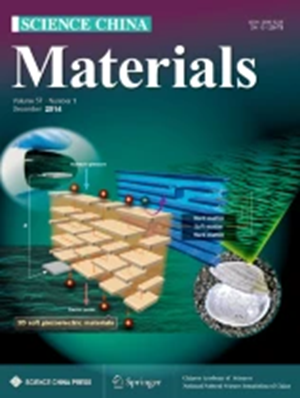A dual-dynamically crosslinked hydrogel for cardiac repair with microenvironment regulation and angiogenic functions
Abstract
Inflammation and ischemic microenvironments represent significant challenges in cardiac repair. To address these issues, we developed a series of dual-dynamically crosslinked alginate-based hydrogels (SA-PBA/E/Sr) containing strontium ions (Sr2+) and epigallocatechin gallate (EGCG), which demonstrate microenvironment modulation and angiogenic capabilities in the myocardial infarction (MI) microenvironment. In the SA-PBA/E/Sr hydrogel system, alginate modified with aminophenylboronic acid (PBA) was synthesized to form boronic acid ester bonds with EGCG and an ionic coordination network with Sr2+ ions. The resulting hydrogel exhibits excellent injectability due to its dual-dynamically crosslinked structure, with its formation and mechanical properties being tunable modulated by the PBA substitution degree, EGCG concentration, and Sr2+ content. The incorporation of EGCG enables the hydrogel to efficiently scavenge reactive oxygen species (ROS) and mitigate oxidative stress-induced cellular damage under hypoxia. Furthermore, the introduction of Sr2+ significantly enhances the migratory capacity of endothelial cells, a critical factor in angiogenesis. In vivo experiments revealed that the injection of SA-PBA/E/Sr hydrogel into the infarcted myocardium of Sprague-Dawley (SD) rats led to reduced ROS levels, alleviated inflammatory responses, suppression of pro-inflammatory M1 macrophage expression, enhancement of anti-inflammatory M2 macrophage expression, and accelerated neovascularization in the damaged tissue. Echocardiographic and histological analyses demonstrated a remarkable increase in ejection fraction and a decreased infarct size, collectively indicating significant cardiac functional recovery.

 求助内容:
求助内容: 应助结果提醒方式:
应助结果提醒方式:


